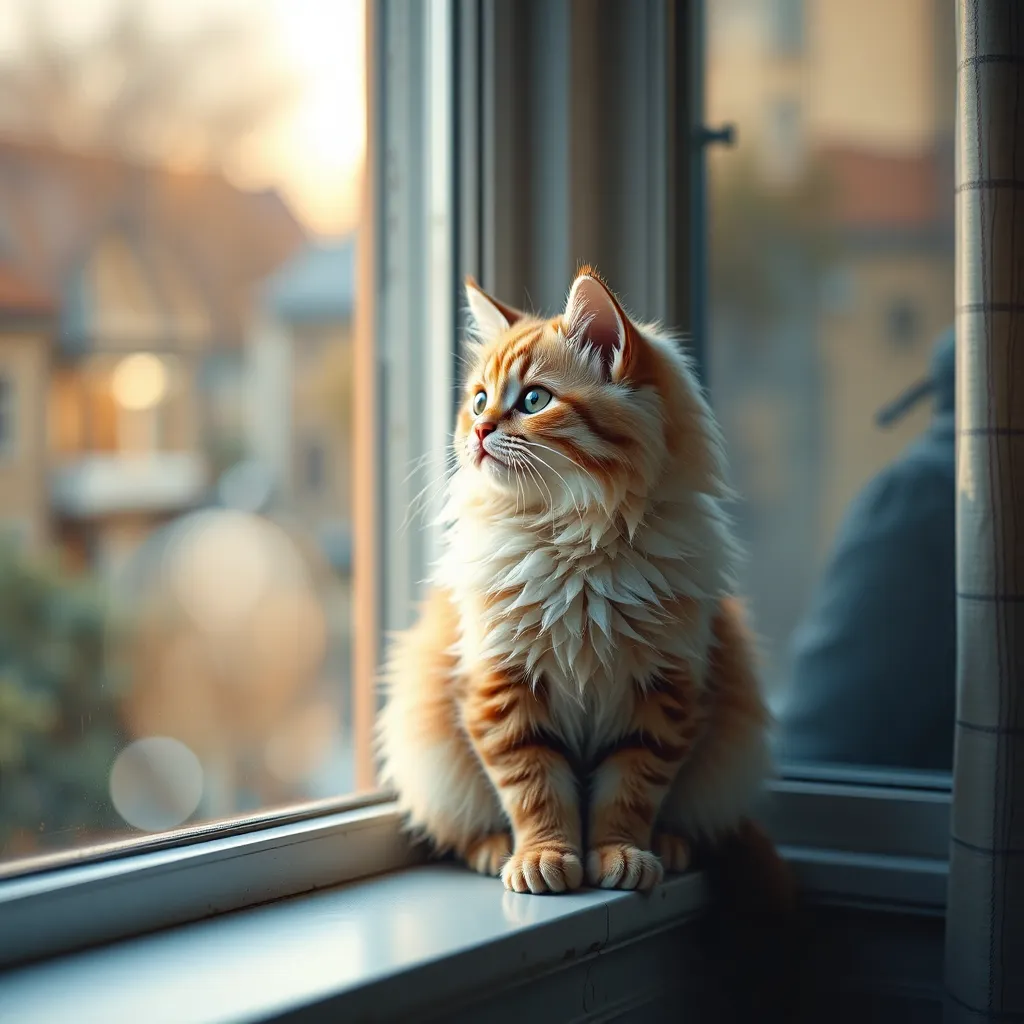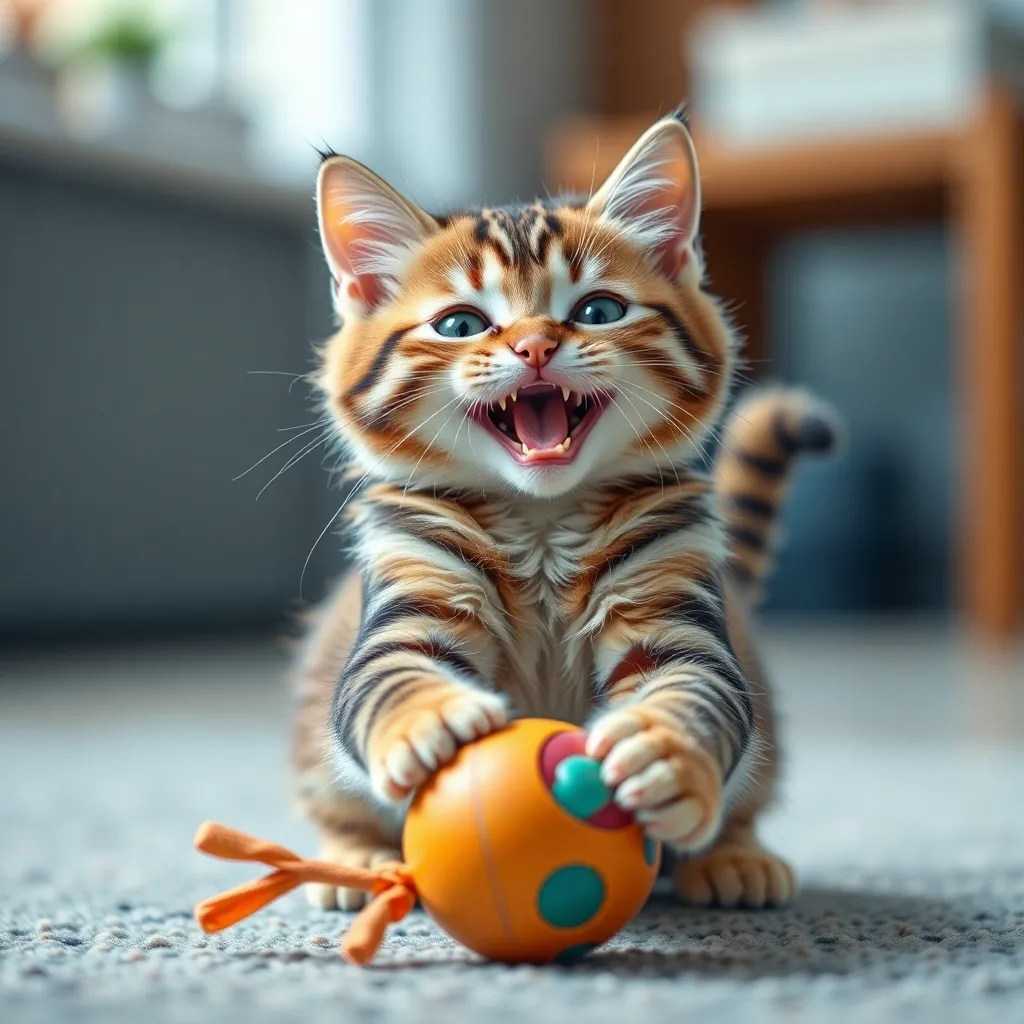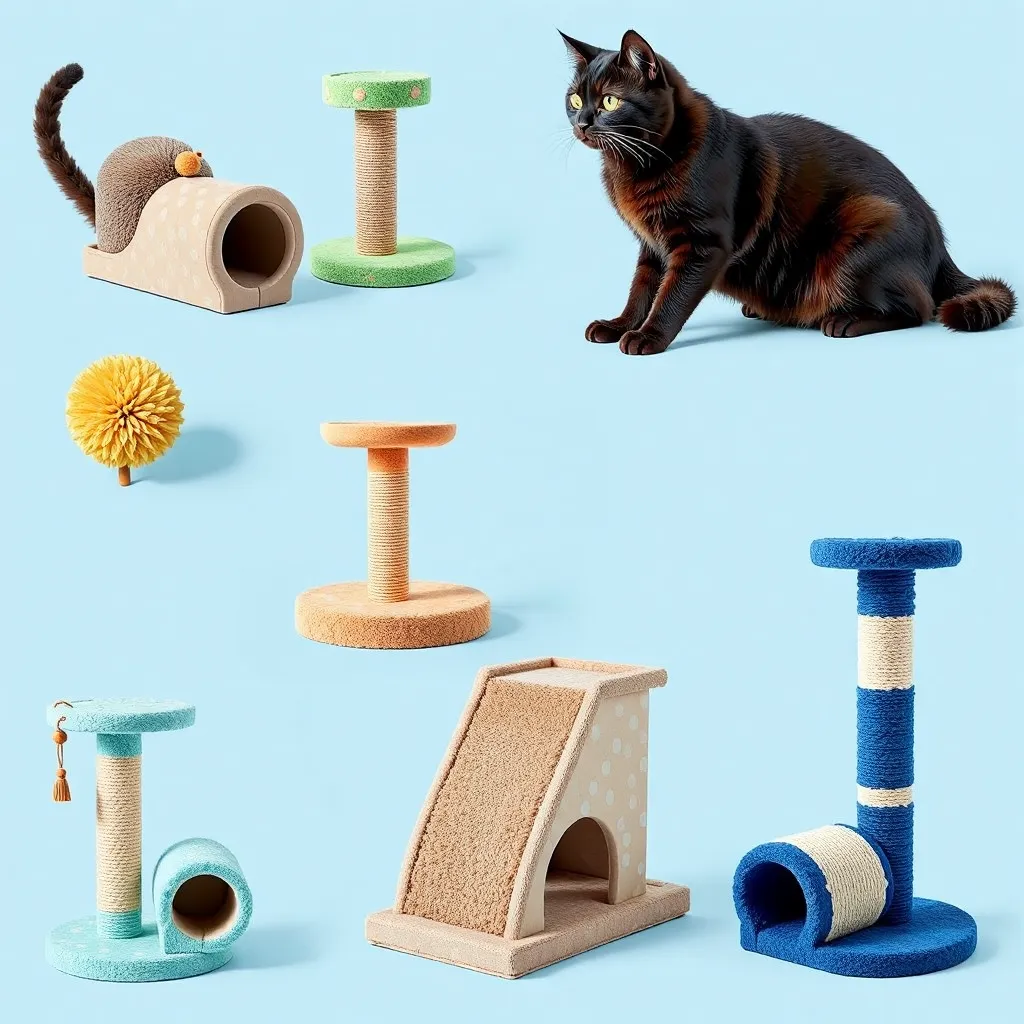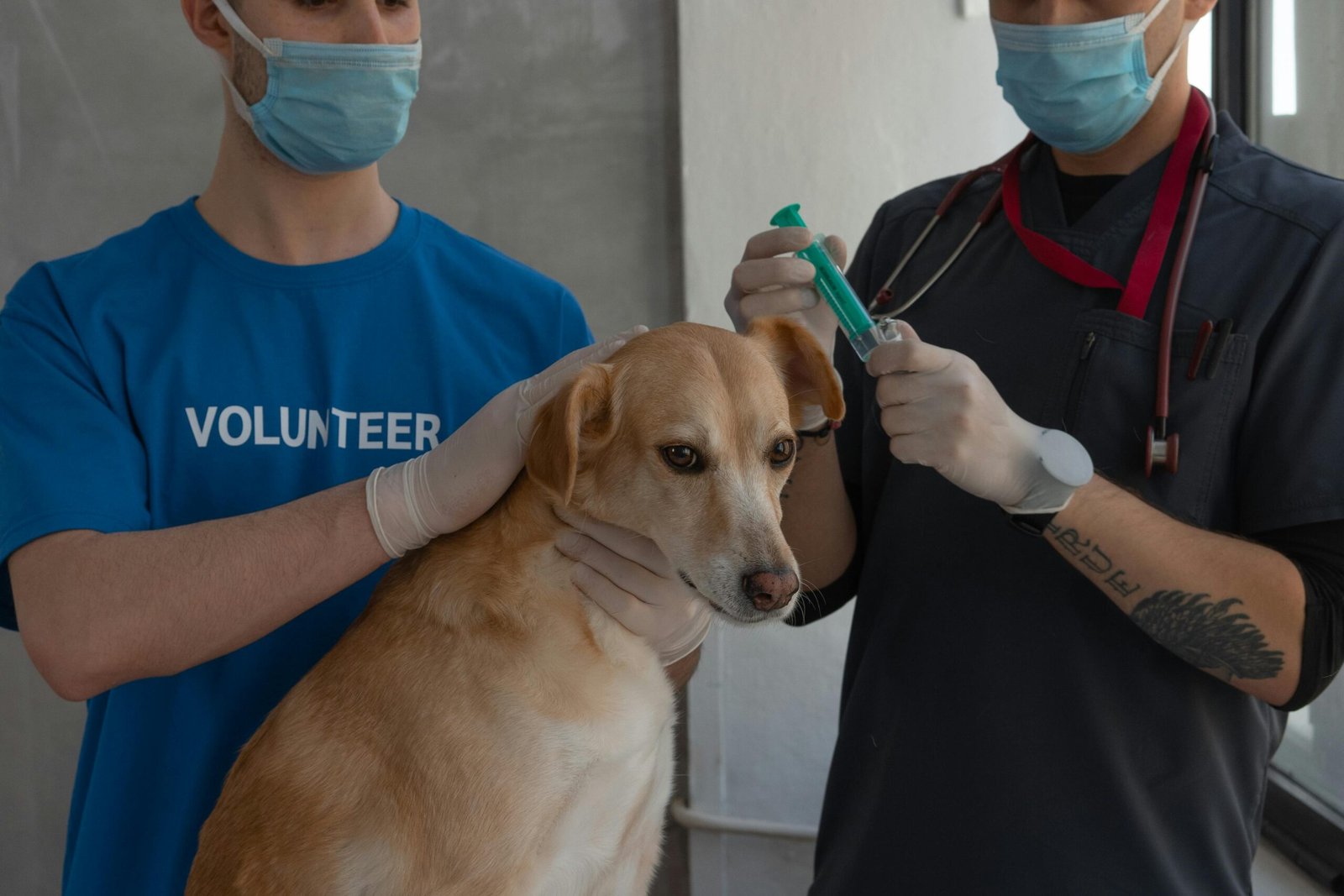Excessive meowing in cats can be a source of frustration for owners, but it’s crucial to understand that this vocalization is a form of cat communication. While some meowing is normal, persistent or excessive meowing can signal a variety of underlying issues, from simple hunger to more serious medical problems. This comprehensive guide will help you decipher your cat’s meows and learn how to respond appropriately.

Deciphering Your Cat’s Meows: A Guide to Feline Vocalizations
Cats communicate through a complex system of vocalizations, body language, and scent marking. While kittens meow more frequently to communicate with their mothers, adult cats typically meow less frequently, primarily to communicate with humans. This means that excessive meowing in adult cats is often an indication that something is amiss.
Different meows convey different messages. A short, high-pitched meow might simply be a greeting, while a long, low meow could express distress or hunger. A demanding meow, often accompanied by rubbing against your legs, usually indicates a desire for attention, food, or playtime. Observe the context of the meow – the cat’s body language, the time of day, and their recent activities – to gain a better understanding of its meaning.
Consider these factors when trying to understand your cat’s meows:
- Frequency: How often is your cat meowing? Occasional meows are normal, but constant meowing warrants investigation.
- Pitch and Tone: Is the meow high-pitched and sweet, or low and demanding? Is it a chirping sound, or a mournful wail?
- Context: What is your cat doing when it meows? Is it looking at its food bowl? Is it near a door? Is it exhibiting other signs of distress, such as restlessness or hiding?
Common Reasons for Excessive Meowing
Several factors can contribute to excessive meowing in cats. These include:
- Hunger: This is a common reason, especially if your cat’s food bowl is empty or if feeding times are inconsistent.
- Medical Issues: Hyperthyroidism, cognitive dysfunction, kidney disease, and pain can all cause increased vocalization. If your cat’s meowing is sudden or accompanied by other symptoms (lethargy, changes in appetite or litter box habits), consult your veterinarian immediately.
- Stress and Anxiety: Changes in the environment (new pet, moving house, renovations), lack of stimulation, or even separation anxiety can lead to increased meowing.
- Attention-Seeking Behavior: Some cats learn that meowing gets them attention, and they may continue this behavior if it’s rewarded.
- Cognitive Dysfunction: Similar to dementia in humans, this can cause changes in behavior, including increased vocalization, especially at night.

How to Respond to Excessive Meowing
Your response to your cat’s meowing depends on the underlying cause. If you suspect a medical issue, schedule a visit with your veterinarian immediately. For other causes, try these strategies:
- Regular Feeding Schedule: Establish a consistent feeding schedule to avoid hunger-related meowing.
- Environmental Enrichment: Provide plenty of toys, scratching posts, and climbing opportunities to keep your cat entertained and stimulated.
- Positive Reinforcement: Ignore attention-seeking meows, but reward quiet behavior with praise and affection.
- Address Stressors: Identify and address any potential stressors in your cat’s environment. This might involve providing a safe space, using pheromone diffusers, or consulting a veterinary behaviorist.
- Consult a Veterinarian: If the meowing persists despite your efforts, or if it’s accompanied by other concerning symptoms, consult a veterinarian to rule out any underlying medical conditions.

Understanding Your Cat’s Needs: The Key to Happy Coexistence
Living with a cat involves understanding their unique personalities and communication styles. By paying attention to your cat’s meows, body language, and overall behavior, you can better understand their needs and provide the appropriate care and attention they deserve. This will not only improve your cat’s well-being but will also strengthen the bond between you and your feline companion.
Remember, prevention is key. Provide your cat with a stimulating and enriching environment, maintain a consistent routine, and address any potential stressors proactively. This will help reduce the likelihood of excessive meowing and ensure a happier, healthier cat.
Buy the products shown in this post by visiting this link: https://amzn.to/3ZlyPU9

FAQ
Q: My cat only meows at night. What could be the cause?
A: Nighttime meowing can be due to several factors, including cognitive dysfunction (similar to dementia in humans), increased anxiety in the quiet of the night, or simply a change in their routine. Consult your veterinarian to rule out medical issues.
Q: My cat meows excessively when I leave for work. What can I do?
A: This suggests separation anxiety. Try creating a safe and comfortable space for your cat, using pheromone diffusers, and gradually increasing the time you spend away from home. Consult a veterinary behaviorist for more advanced strategies.
Q: My cat suddenly started meowing excessively. Should I be concerned?
A: A sudden increase in meowing can indicate a medical problem or a significant environmental change. Consult your veterinarian to rule out any underlying medical conditions.
Q: Is it cruel to ignore my cat’s meows?
A: Ignoring attention-seeking meows is often a necessary training technique. However, ignoring meows that might indicate distress or pain is never recommended. Pay attention to your cat’s body language and the context of the meows to determine the appropriate response.
Q: My cat meows at the food bowl even when it’s full. What’s going on?
A: This could be a learned behavior, where your cat has associated meowing with getting food. Try to ignore these meows and only refill the bowl when it’s truly empty. If the behavior persists, consult your veterinarian.
This article is for informational purposes only and does not constitute veterinary advice. Always consult with a qualified veterinarian for any health concerns regarding your pet.
Share this content:






